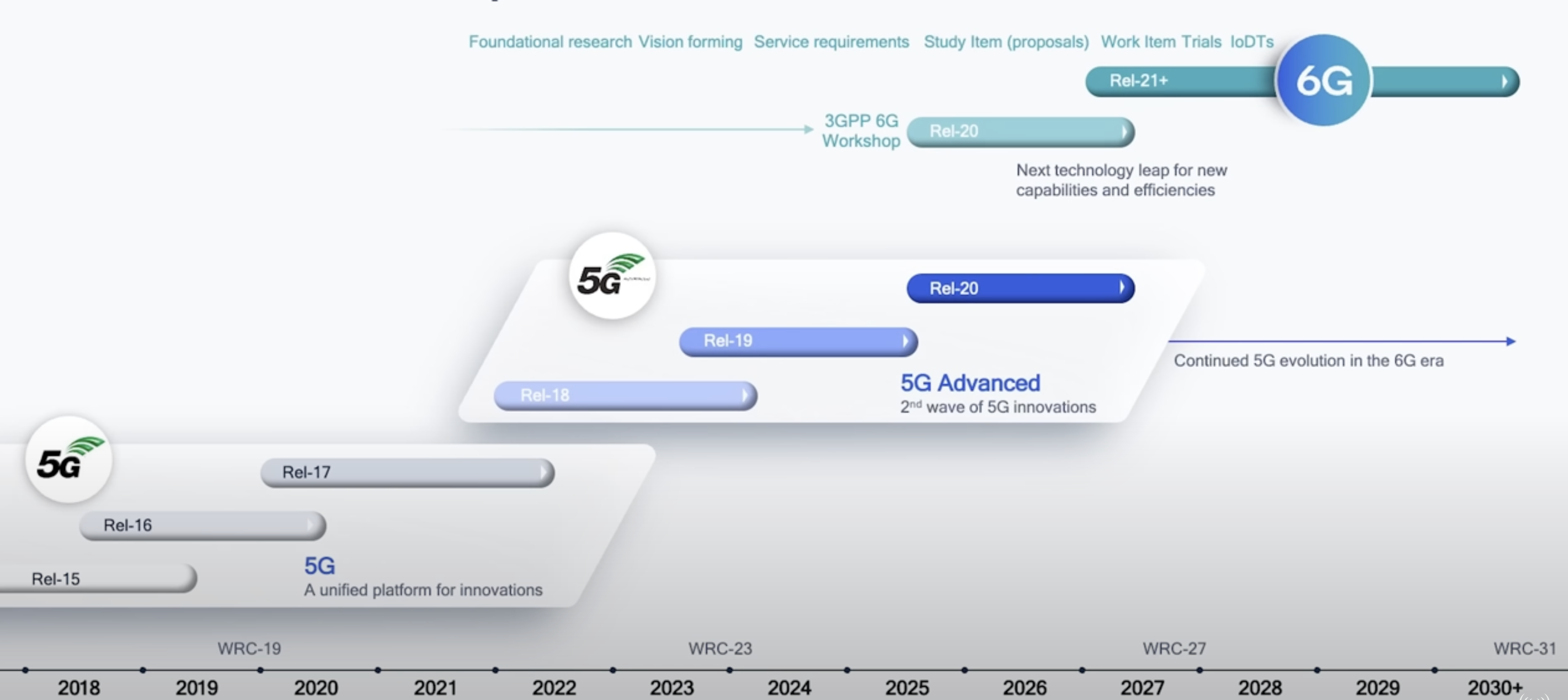Qualcomm SVP of Engineering talks 5G, AI and IoT at Mobile World Congress 2023
In addition to its long-standing leadership in smartphone and other mobile devices, Qualcomm Technologies, Inc. is a driving force in the research and standards work that has defined 5G New Radio, 5G Advanced, and future 6G capabilities. In this context, SVP of Engineering John Smee discussed during Mobile World Congress 2023 how what Qualcomm is doing today gives a glimpse of the way complementary technologies will continue to develop in service of new classes of consumer, enterprise and industrial experiences.
Qualcomm executives have emphasized the company’s role in developing the “connected intelligent edge,” which is based on the idea that eventually every device will have built in intelligence augmented by a high-capacity, low-latency link to cloud services. Qualcomm’s current flagship Snapdragon 8 Gen 2 Modem-RF System, for instance, effectively embeds artificial intelligence (AI) into every aspect of a smartphone, including the 5G modem to optimize connectivity performance.
The 8 Gen 2 advancements, Smee said, “really underscores the fact that AI is moving right onto the devices…The devices are getting so much more capable. What that means is things can be processed locally at the edge right on the device and even the decisions—what are doing on device, when are you offloading processing on the network—can become more intelligent.”
5G Advanced and RedCap
5G Advanced will bring system-level enhancements to the 5G NR standard, while also optimizing capabilities for specific vertical industries and applications. Some of these innovations include AI-enabled end-to-end communications, support for new spectrum bands, innovations to the air interface, wide-area IoT evolution, private networks and more. Ahead of MWC, Qualcomm announced the 5G Advanced-ready Snapdragon X75 modem-RF system which features 10-carrier mmWave aggregation, a converged mmWave/sub-6 GHz transceiver, and simplified and more efficient antenna modules, among other features.
“With 5G Advanced beginning in Rel. 18,” Smee said, “it’s really that first down payment on what’s coming in the second half of 5G.” He called out that the Snapdragon X75 would be ready-to-go for early 5G Advanced devices, and capable of evolving with the standard. “What’s so great about 5G Advanced is that next level of performance, enabling those products, those new use cases.”
For devices like wearables and a broad range of IoT-type equipment, 3GPP developed 5G NR-Light, or reduced capability (RedCap). Qualcomm is supporting this with its Snapdragon X35 which Smee called “a gamechanger” for lower power and lower cost devices. RedCap, he said, “can go into many different types of connected products. That enables a transformation of the industry as we’re looking broadly at it—how will 5G evolve into new IoT applications, new wearable applications, new types of mobile broadband? So, [X35 is] really taking it into all these different applications to a price and power point that wasn’t possible.”
Another area of focus for Qualcomm R&D with broad implications, including for the IoT, is positioning and RF sensing—an object in motion changes a radio environment and, with the use of machine learning-based systems, those changes can be used for ultra-precise positioning. Smee pointed to the Qualcomm Aware Platform which combines chipsets, devices, a hardware/software ecosystem, and API tools for developers into a cloud-based platform for real-time intelligence and visibility, including positioning, for IoT implementations.
The platform, Smee said, is “a great example of how we’re taking a step back as a full industry and saying, ‘How can we better solve some of these problems that require connectivity, that require logistics, edge processing’—[and] putting them all together in an end-to-end framework. It’s really about bringing these new economies, different types of scale, to these environments that previously didn’t have that.”
Spectrum innovations for the 6G future
The current focus of standards body 3GPP is on finalizing Release 18, the first standard for 5G Advanced. From there, 5G Advanced refinements will continue in releases 19 and 20. The first 6G standard is expected with Release 21 around 2029, although formal study items are expected as early as next year. Based on industry discourse, there seems to be consensus that 6G, like its predecessor, will see an upward move in frequencies, particularly to the upper mid-band, 7 GHz to 16 GHz, and sub-THz frequencies from 100 GHz and possibly up to 300 GHz.
Asked about the big 6G questions he and his colleagues are working on, Smee said a major focus is more efficient spectral usage, including FDD and TDD bands, full duplex and wireless AI/ML. “It’s about how far can we push things like artificial intelligence in the air interface; not only on the device and in the network, but how do we design a more AI-native air interface?…Even though 6G is a few years ahead, it’s something we’re already researching in a big way now.”
For more on Qualcomm’s advanced wireless R&D, visit:

